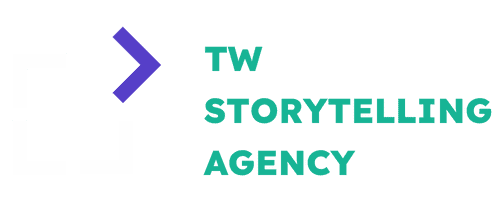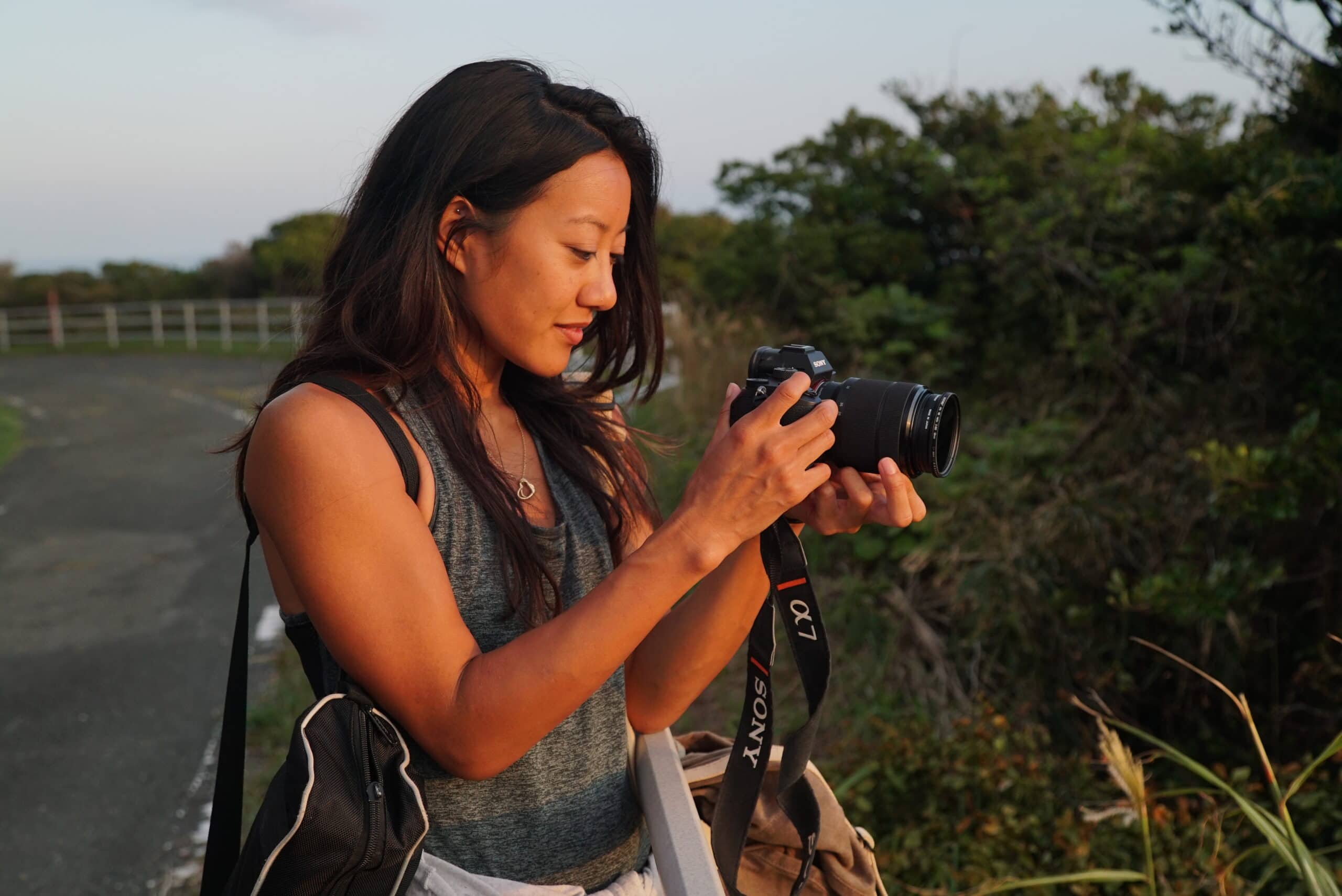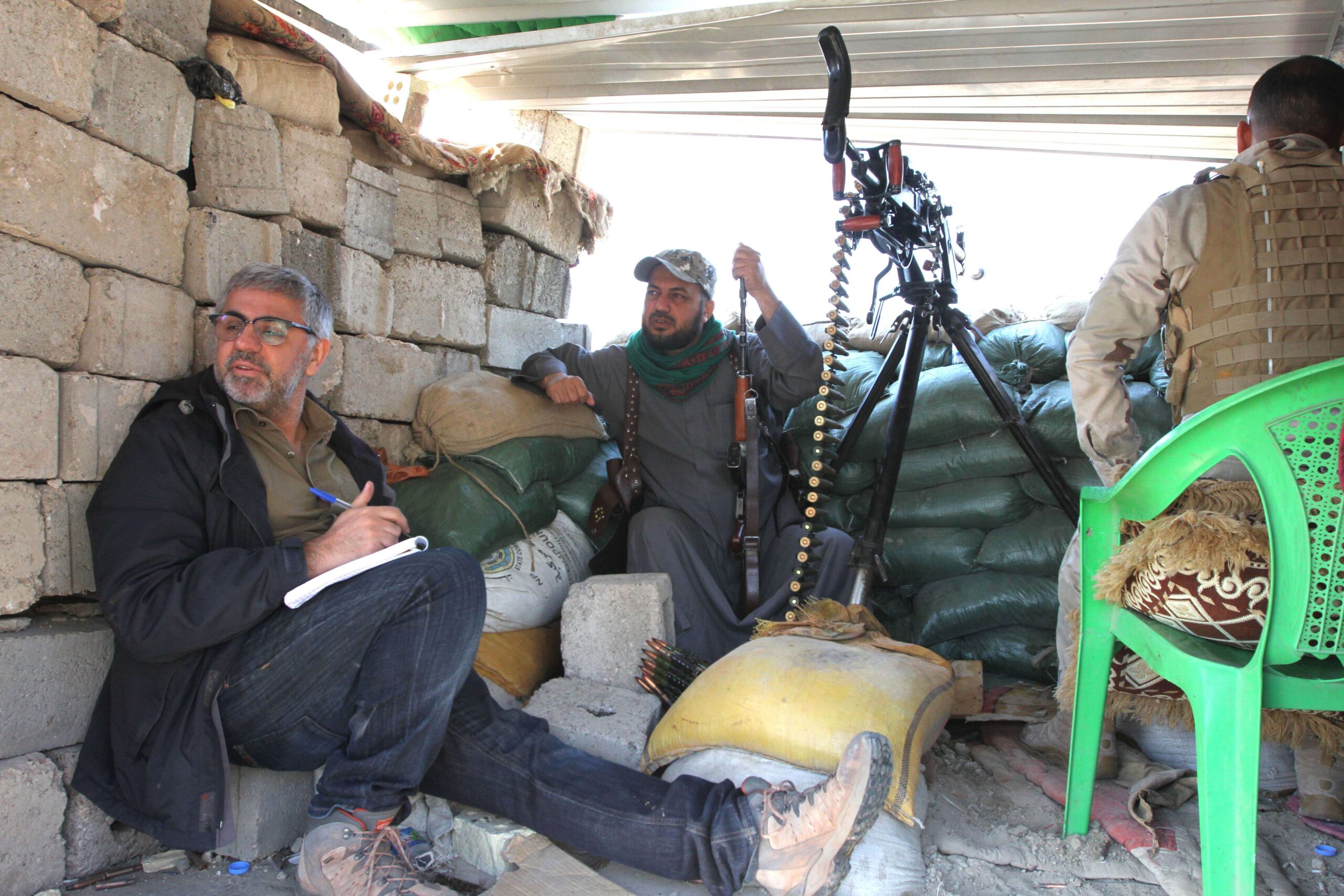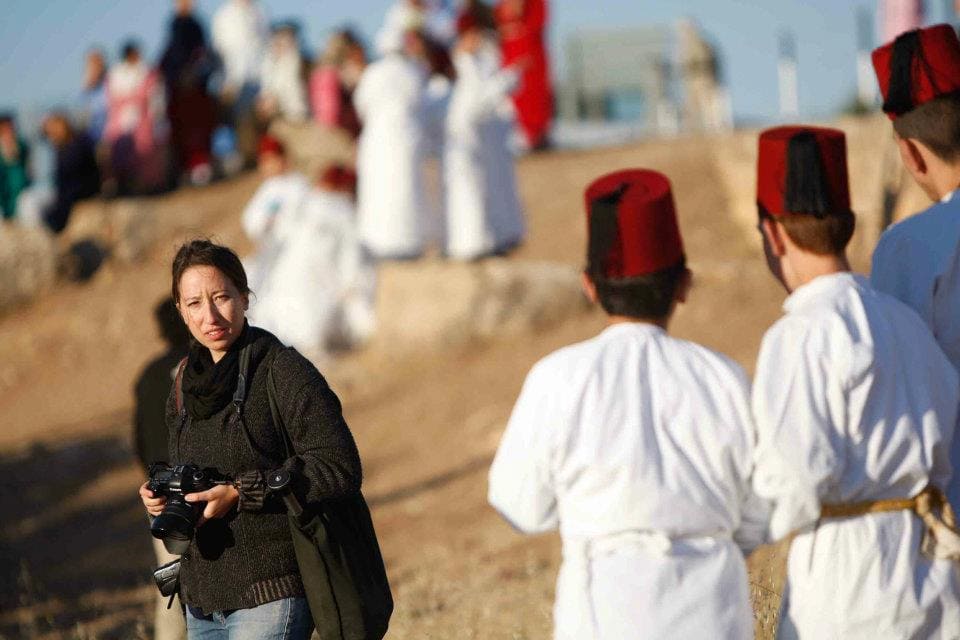“We’re not just fighting an epidemic; we’re fighting an infodemic“ – the words of WHO chief Tedros Adhanom Ghebreyesus are clear. And anyone who spends even a little time online can see there are many conflicting views around what is to be done to fight coronavirus.
It’s the one thing that appears to have united the far-left and the far-right; some supposed conspiracy around the wearing of face masks. But it’s clear to most of us that there’s a lot of misinformation, and disinformation, flying about unchecked.
And it’s not just the fringe groups – with the global toll approaching one million deaths, so many actual governments have been poor in adhering to scientific consensus and effective messaging that it’s no wonder people are so confused.
So what can we do, as artists and storytellers, to clean up this mess?
Well, for one thing, we know how to build narratives.
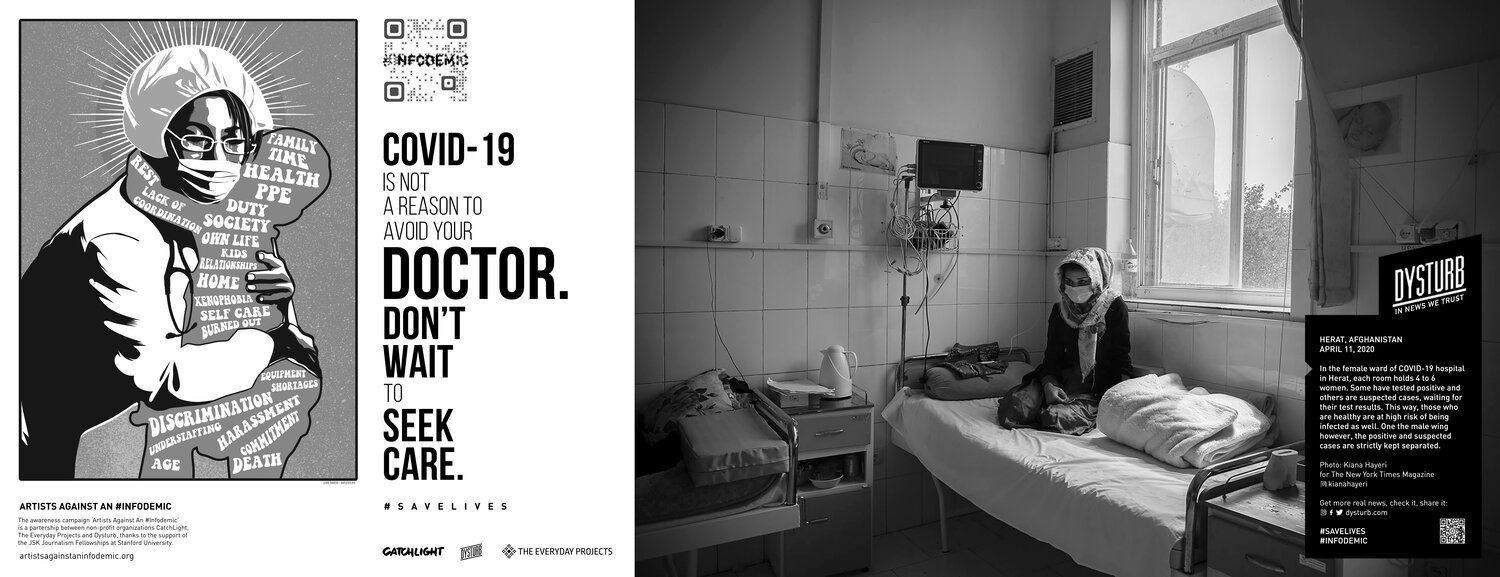
We’re used to trying to explain complex ideas through art, design, stories, music, and poetry.
And, we’re not alone.
In just one project, Dysturb, CatchLight, and The Everyday Projects collaborated with artists around the world in a public art campaign to encourage people to follow WHO guidelines and to connect health messages to daily life.
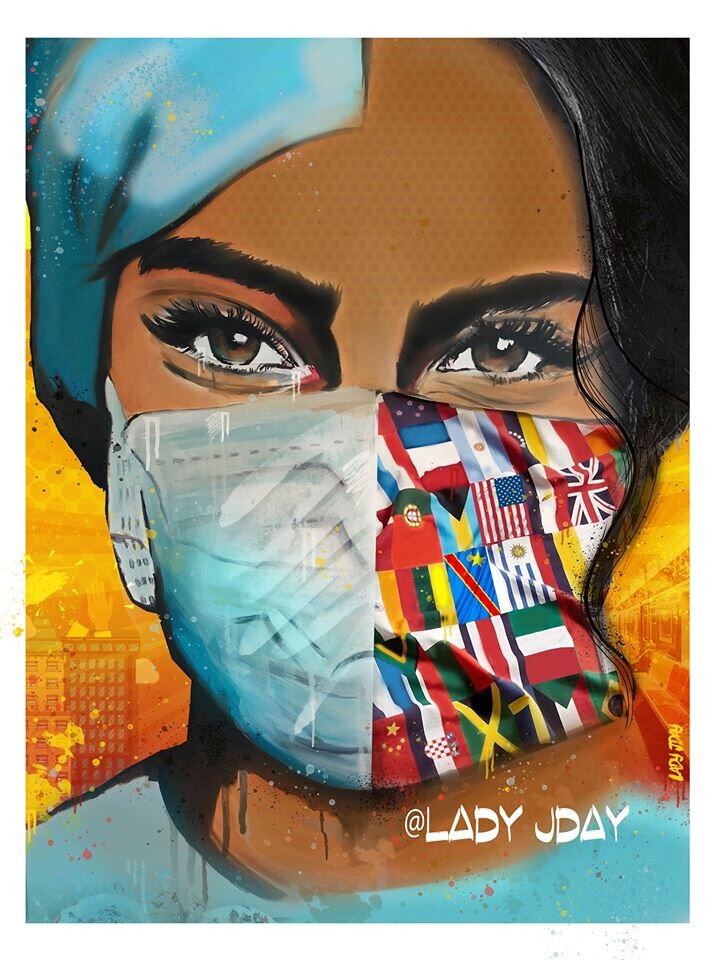
“Displaying images in public spaces triggers an immediate response,” Benjamin Petit, photojournalist, and co-founder of Dysturb, told the British Journal of Photography in a great write-up of the project.
“We are constantly invaded by headlines and images, but to have these unexpected experiences in public spaces, in such a size, is powerful. I think people have a craving for physical actions like this.”
Artists were offered $500 per visual selected for the project – but it’s not just in the Western art world where artists are making their mark in the fight against the pandemic.
Nujuum Hashi Ahmed is fighting the stigma that has developed around the wearing of face-masks in her hometown of Mogadishu, the capital of Somalia on the eastern coast of Africa.
She herself was one of Somalia’s 3,257 recorded cases of coronavirus. Locked in her home in quarantine, she painted.
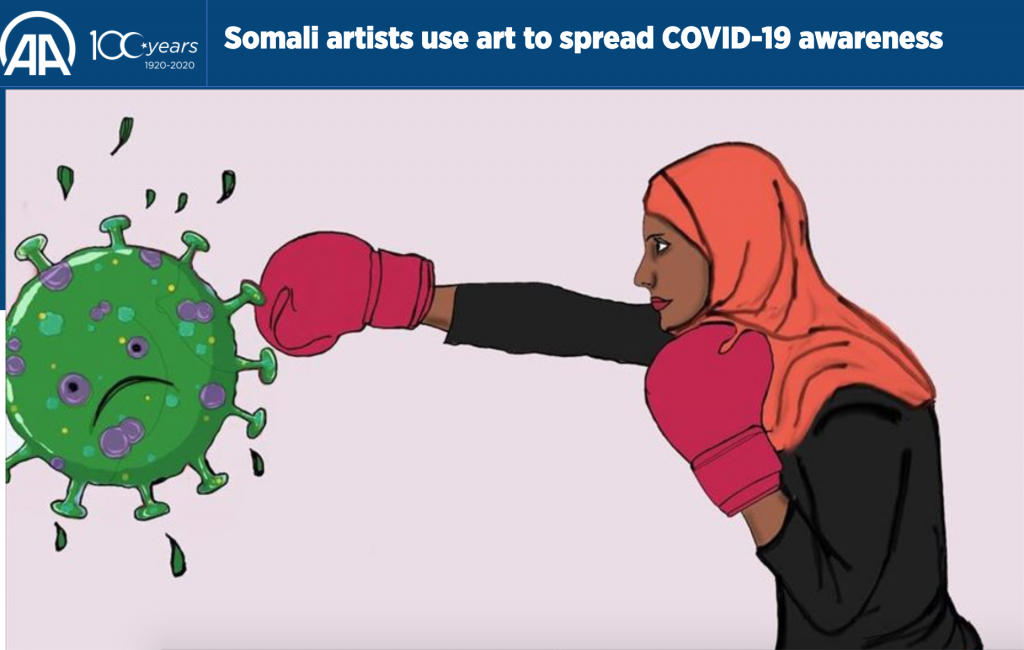
“Art reaches many more people,” she told Anadolu. “In the Somali community, a majority of people do not know how to read or write, so they need art to understand how dangerous this problem is. We are sending the message to all Somalis both educated and not educated, including the ones who cannot hear but see. We will work hard to spread this message to our people.”
Then there’s the UN’s #DontGoViral campaign, working to combat misinformation through crowdsourcing creative content to fill the gap for culturally relevant information in local languages:
Have you been creating art in the time of pandemic? Or maybe this post has got you inspired to make something new? Please share your work with us by tweeting at me: @taratw, or by joining our Master Visual Storytellers Facebook group and sharing it there!
Share art, share information – just don’t share the virus!
